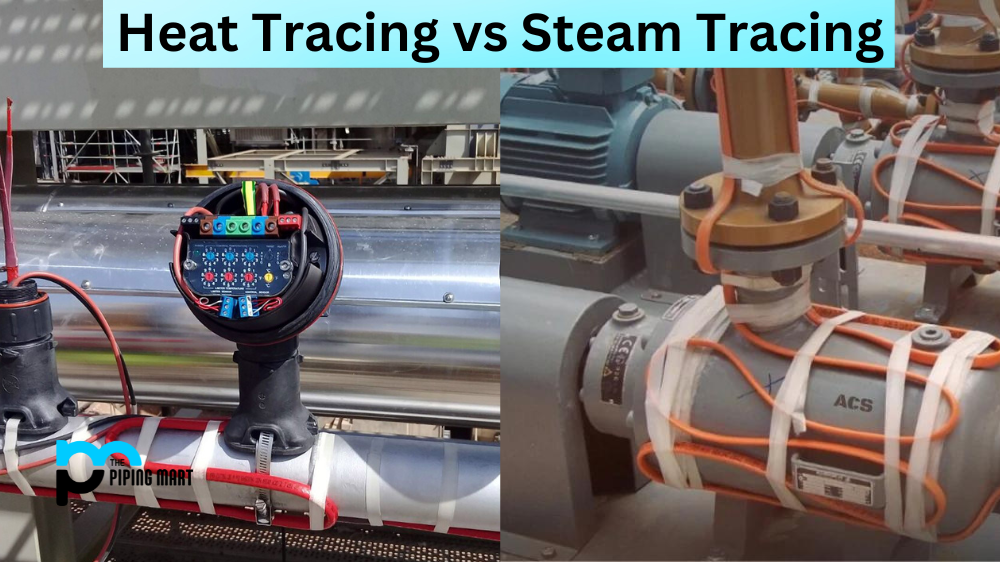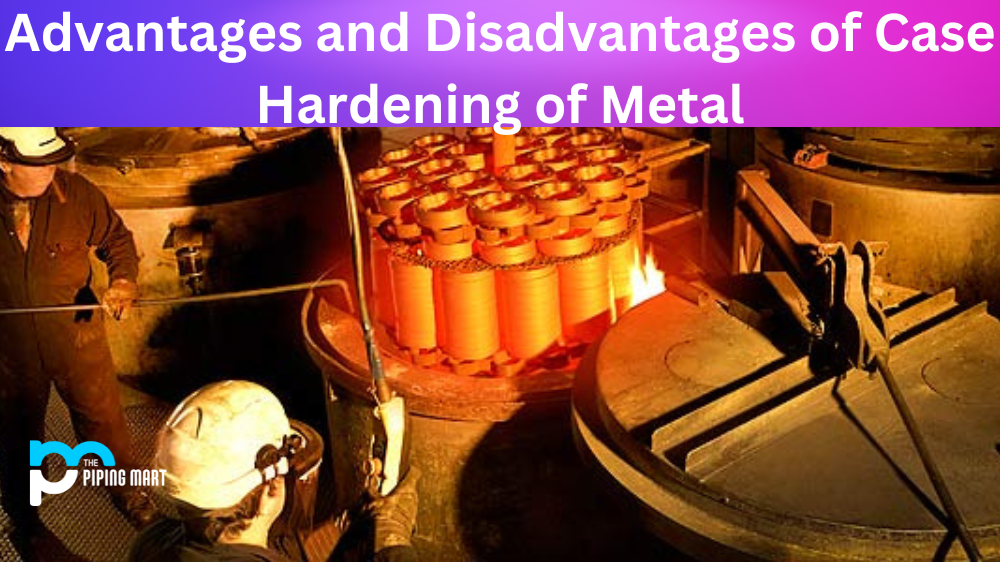One of the most challenging issues industrial plants encounter is the management of the pipes that transfer fluids from one processing point to another. This is because pipes are installed outside, exposing them to temperature fluctuations that can cause issues like pipe freezes, blockages, and reduced heat transfer rates. As such, there is a need for a tracing mechanism to help maintain the correct temperature of the material being transported. Heat and steam tracing are two popular methods industries use to cater to this need. This blog post will delve deeper into these two methods and determine the most suitable ones.
What is Heat tracing?
Heat tracing is a method that entails running an electrically-powered heating element on the outer surface of the pipe. The heat generated melts ice or snow, preventing fluid from freezing inside the pipe. It can cater to temperature maintenance up to 450° F.
Advantages of Heat tracing
The method is ideal for installing smaller pipes indoors because it is simple and cost-effective. Heat tracing is particularly popular in the petrochemical and pharmaceutical industries. Additionally, it is more efficient than steam tracing when the ambient temperatures are above freezing.
Disadvantages of Heat tracing
However, it also has several disadvantages. Since it requires electricity, it contributes to an increase in electricity bills. It must also be well-managed and adequately maintained because it can damage the pipes if exposed too long to high temperatures.
What is Steam Tracing?
Steam tracing, on the other hand, is a method that involves running a tube of steam alongside the pipe that needs tracing. The steam in the tube heats the pipe, maintaining the temperature of the material being transported. Steam tracing can cater to heat maintenance up to 1500° F.
Advantages of Steam Tracing
This method is ideal in larger pipelines running indoors and outdoors. It is particularly common in the food production and chemical industries. Steam tracing is more efficient than heat tracing in cases where the pipes are longer and the transfer material is dense because it prevents the material from solidifying. Steam tracing also does not contribute to increased energy bills since steam production is often part of the plant process.
Disadvantages of Steam Tracing
Some of the challenges of steam tracing include the need for pipe insulation, which adds to the installation cost. It also requires high maintenance levels, and leakages pose a significant risk to plant workers.
Difference Between Heat Tracing and Steam Tracing
Heat tracing, also known as surface heating, is the process of using heat to raise the temperature of a pipe or vessel so that the contents will not freeze.
- Steam tracing is a type of heat tracing in which steam is used to raise the temperature of a pipe or vessel.
- Heat tracing is typically used in applications where the fluid being transported is sensitive to freezing, such as in the food and beverage industry or where the liquid is flammable or explosive.
- Steam tracing is typically used in applications where the fluid being transported is not sensitive to freezing but where it is necessary to maintain a high temperature to prevent corrosion or degradation of the product.
- Heat tracing can be achieved using electric heaters, hot water, oil, or steam.
- Steam tracing can be achieved using either steam jackets or steam coils.
- Electric heaters are typically used for small-diameter pipes or short lengths of piping. Hot water, oil, and steam are typically used for large-diameter pipes or long lengths of piping.
- The choice of heat tracing system will depend on a number of factors, including the type of fluid being transported, the desired operating temperature, the length of piping, and the budget
Conclusion:
In summary, heat tracing and steam tracing are viable methods that can cater to the needs of industrial plants to maintain the temperature of fluids being transferred from one processing point to another. Heat tracing is ideal for smaller pipes with ambient temperatures above freezing, while steam tracing suits more massive pipes and dense materials.

Abhishek is a seasoned blogger and industry expert, sharing his insights and knowledge on various topics. With his research, Abhishek offers valuable insights and tips for professionals and enthusiasts. Follow him for expert advice on the latest trends and developments in the metal industry.




